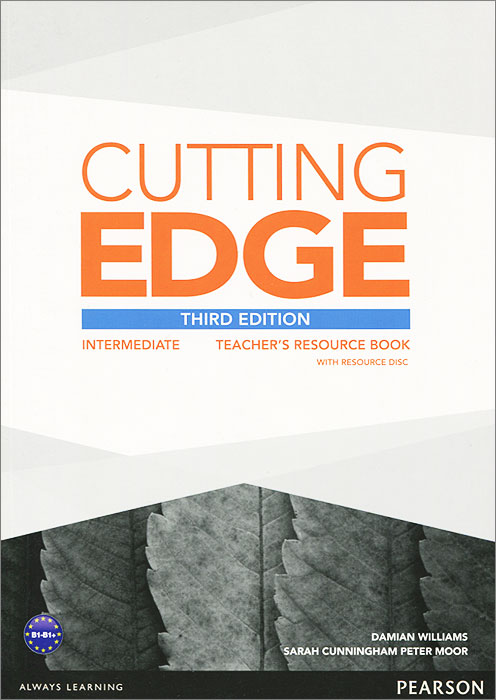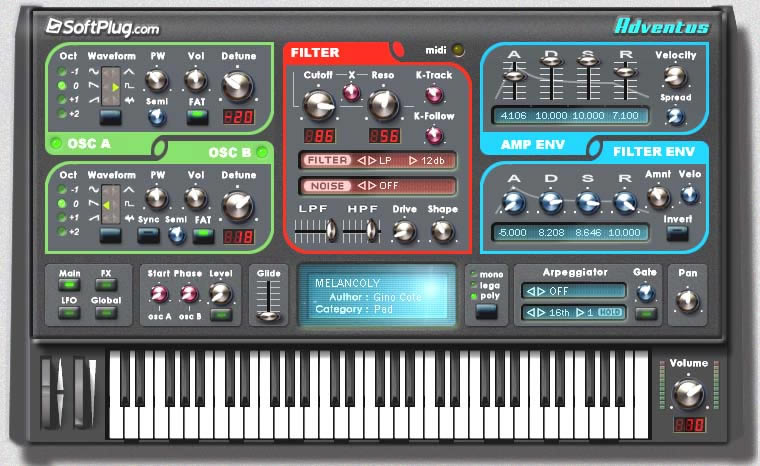Testi Dlya Cutting Edge Elementary Teachers Book

Task-based language teaching ( TBLT), also known as task-based instruction ( TBI), focuses on the use of authentic language and on asking students to do meaningful tasks using the target language. Such tasks can include visiting a doctor, conducting an interview, or calling customer service for help. Assessment is primarily based on task outcome (in other words the appropriate completion of real world tasks) rather than on accuracy of prescribed language forms.
New Cutting Edge. Cutting Edge is a series of a books that were created using the Task-Based Approach which teaching through meaningful tasks. The book is available in VK.com which is a Russian-based online social media and social networking service. New Cutting Edge Elementary Class CDs (3).zip; New Cutting Edge Elementary Student.
This makes TBLT especially popular for developing target language fluency and student confidence. As such TBLT can be considered a branch of communicative language teaching (CLT). Characteristics of a Task-Based Lesson: • The teacher doesn’t pre-determine what language will be studied. • The lesson is based around the completion of a central task • The language studied is determined by what happens as the students complete it • The lesson follows certain stages (Pre-task, Task, Planning, Report, Analysis and practice) • In all three stages they must use all their language resources rather than just practising one pre-selected item. • It is a strong communicative approach. • A natural context is developed from the students’ experiences with the language that is personalised and relevant to them.
• The students will have a much more varied exposure to language with TBL. They will be exposed to a whole range of lexical phrases, collocations and patterns as well as language forms. • The language explored arises from the students’ needs. This need dictates what will be covered in the lesson rather than a decision made by the teacher or the coursebook. Stages of a Task-based Lesson Pre-task The teacher introduces the topic and gives the students clear instructions on what they will have to do at the task stage and might help the students to recall some language that may be useful for the task. The pre-task stage can also often include playing a recording of people doing the task.
This gives the students a clear model of what will be expected of them. The students can take notes and spend time preparing for the task. Task The students complete a task in pairs or groups using the language resources that they have as the teacher monitors and offers encouragement.
Planning Students prepare a short oral or written report to tell the class what happened during their task. They then practise what they are going to say in their groups.
Meanwhile the teacher is available for the students to ask for advice to clear up any language questions they may have. Report Students then report back to the class orally or read the written report. The teacher chooses the order of when students will present their reports and may give the students some quick feedback on the content. At this stage the teacher may also play a recording of others doing the same task for the students to compare. Analysis The teacher then highlights relevant parts from the text of the recording for the students to analyse. They may ask students to notice interesting features within this text. The teacher can also highlight the language that the students used during the report phase for analysis.
Practice Finally, the teacher selects language areas to practise based upon the needs of the students and what emerged from the task and report phases. The students then do practice activities to increase their confidence and make a note of useful language. For further details, have a look at this book.
Has got you covered no matter what your needs are. 6. Voxengo OldSkoolVerb Reverb for vocals is essential. Reverb takes your vocals out of the room you recorded them in, and allows you to make your own sound space. 